Discover the Luxury and Glamour of Ginza: Japan's Equivalent of Beverly Hills
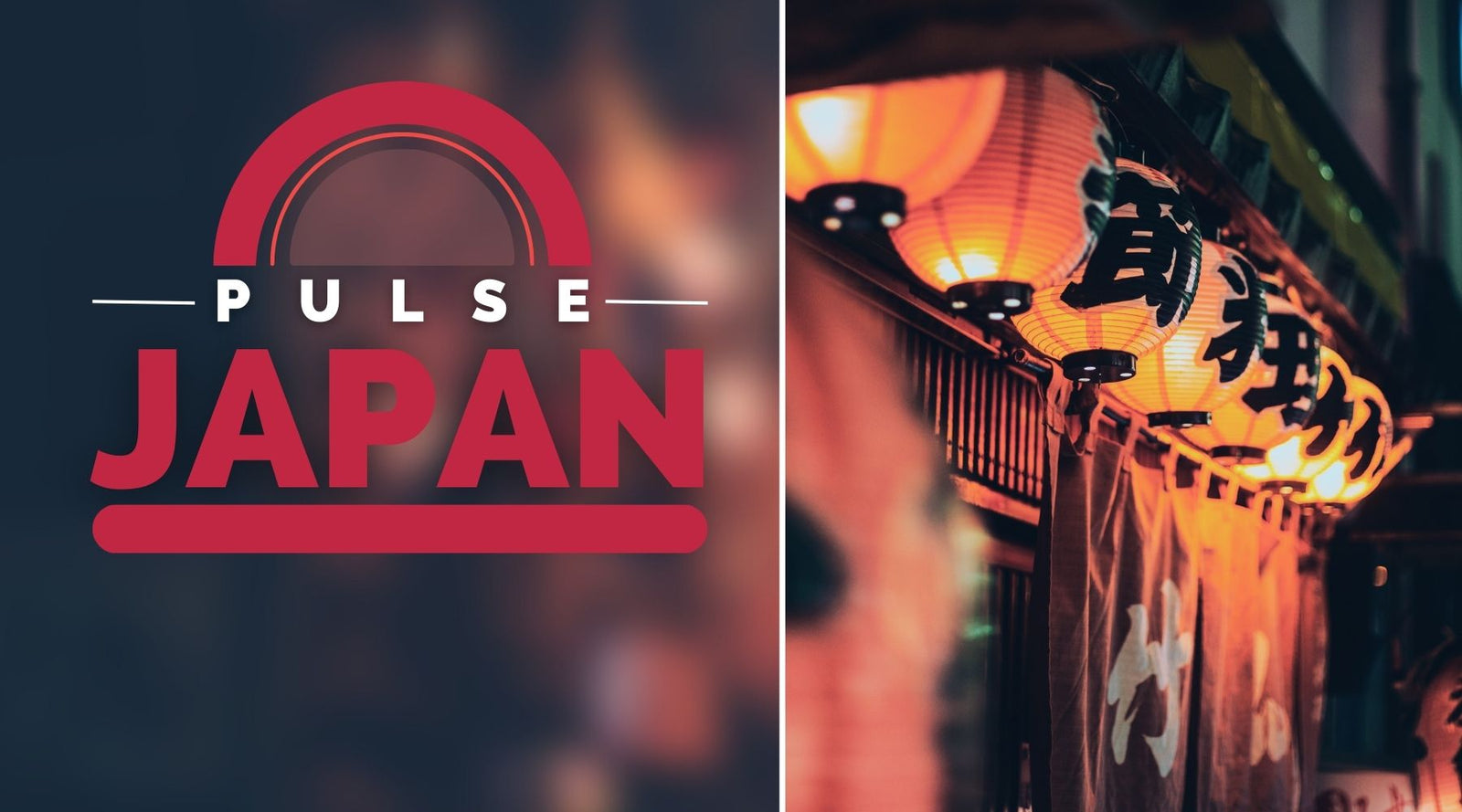
Ginza, where the neon glow is just the understory to a towering forest of opulence, is a district that doesn't just whisper luxury; it sings it in perfect pitch. In this high-end haven nestled in the heart of Tokyo, the streets are paved with the aspirations of fashionistas and the dreams of gourmands.
Here, you can waltz with wealth, tango with haute couture, and sip on sophistication as if it were the finest matcha. It's a place where wallets open wider than the doors of its grand department stores, and every square foot is a stage for the theater of extravagance.
Welcome to Ginza – where your bank account may not be safe, but your style credentials will be utterly secure.
Understanding the Luxury of Ginza
The High-End Nature of Ginza
Ginza is known as one of the most luxurious and upscale districts in Tokyo, often drawing comparisons to ritzy areas like Beverly Hills or 5th Avenue. Located in Chūō ward, Ginza is home to many high-fashion boutiques, luxury hotels, fine dining establishments, and exclusive entertainment venues that cater to wealthy locals and visitors.
Real estate in Ginza commands some of the highest prices globally, with commercial spaces selling for over $30,000 per square foot. The district is filled with ornate buildings housing flagship stores of prestigious brands like Chanel, Dior, Cartier, and Bulgari. Walking down the neighborhood's main drag, Chuo Dori Street, you'll see Lamborghinis, Rolls Royces, and private chauffeured cars frequently passing by.
While much of Tokyo rushed to rebuild in concrete and glass after World War II, Ginza retains more of its old-world architecture, with European-inspired brick facades and wide boulevards. Strict zoning laws also prohibit skyscrapers from dominating the skyline, preserving the area's elegant and intimate atmosphere.
Comparison with Beverly Hills
Often called the "Beverly Hills of Tokyo," Ginza shares some distinct parallels with the famous upscale district in Los Angeles. Both neighborhoods cater to an ultra-wealthy clientele and are home to luxury boutiques from the world’s top designers.
Just as Rodeo Drive serves as the focal point for high-end shopping and dining in Beverly Hills, Chuo Dori is Ginza’s equivalent—a see-and-be-seen promenade lined with flagship stores from brands like Prada, Dior, and Mikimoto. You’re also likely to spot Ferraris, Rolls Royces, and other upscale vehicles cruising down the streets of both neighborhoods.
Ginza and Beverly Hills also share reputations as major culinary destinations, with no shortage of celebrity chefs and Michelin-starred restaurants. Both districts transform into glittering epicenters of nightlife on the weekends when luxury hotels like the Peninsula Tokyo host rooftop parties for the city’s well-heeled socialites and celebrities.
However, Ginza feels more pedestrian-friendly compared to car-centric Southern California. With strict zoning laws prohibiting skyscrapers, Ginza retains a low-rise, old-world elegance unlike the dramatic cityscapes surrounding Beverly Hills.
Shopping Experience in Ginza
Premium Brands in Ginza
Ginza is a shopper's paradise, especially for those who love luxurious and one-of-a-kind items. As one of the most prestigious shopping districts in Asia, Ginza is home to many flagship stores and boutiques that offer exclusive products from some of the world’s premier fashion houses.
Brands like Chanel, Dior, Louis Vuitton, Prada, Bulgari, and Cartier all have a major presence in Ginza. Their lavish boutiques showcase the latest seasonal collections, special limited-edition pieces, and rare vintage items you’d be hard-pressed to find elsewhere in Japan. Even Japanese luxury brands like Mikimoto, Comme des Garçons, and Issey Miyake have massive flagships here.
Beyond high fashion, Ginza offers almost every luxury item imaginable. Exquisite jewelry, handbags, shoes, watches, beauty products, home goods, cars, and gourmet foods abound. Specialty stores carry one-of-a-kind antiques, artworks, ceramics, kimonos, and more. And Japan’s cutting-edge technology gets the luxury treatment too, with Sony and Nikon's Ginza showrooms displaying their newest innovations.
Unique Shopping Tips
Navigating Ginza’s maze of upscale boutiques and department stores can seem daunting. Here are some tips to make the most of your luxury shopping experience:
- Weekdays are best for avoiding crowds and getting personalized service. Weekends draw more tourists.
- Department stores like Mitsukoshi, Matsuya, and Wako have expansive selections under one roof. Visit their basement food halls too.
- For electronics, go to the Sony Building or Nikon Salon for hands-on demos of the latest gadgets.
- Check stores’ websites before visiting to see if they offer duty-free shopping, international shipping, or other visitor perks.
- Don’t be shy about entering stores, even just to browse. Japanese customer service is excellent.
- Smaller backstreets like Miyuki-dori hold hidden gem boutiques alongside top showrooms.
- Carry a wide-open schedule. You’ll likely want extra time to immerse yourself in Ginza’s magical shopping scene!
Ginza's Glamorous Nightlife
Exclusive Bars and Clubs
As the sun sets over Ginza’s glittering cityscape, Tokyo’s answer to Beverly Hills transforms into one of Asia’s hottest nightlife destinations. An evening out here offers a glamorous glimpse into how the "one percent" live, with exclusive bars, members-only clubs, and luxury hotels hosting dazzling parties into the early morning hours.
Hip late-night lounges atop Ginza’s designer boutiques draw young celebrities and socialites sipping on cocktails and champagne. Nearby, velvet-roped basement clubs throb with electronic music for well-dressed partygoers who don’t even arrive until midnight. Black luxury cars line up outside hidden basement speakeasies that channel a 1920s Great Gatsby vibe.
The neighborhood's luxury hotels also get in on the fun. The Peninsula Tokyo's Peter jazz bar offers live music alongside views of the glittering skyline. And the Grand Hyatt regularly hosts poolside club nights during summer that attract glamorous crowds in couture dresses and designer suits.
Nightlife Tips in Ginza
Ready to experience Ginza after dark? Here are some tips for making the most of this famously dazzling nighttime scene:
- Make restaurant reservations for 8 or 9 pm to enjoy dinner before late-night partying.
- Dress to impress - high heels and stylish outfits are commonplace in Ginza at night.
- Bring plenty of cash for entrance fees and drinks. Some venues don't accept credit cards.
- Don't show up right on time - arriving fashionably late around 11 pm or midnight is standard.
- Hotels like the Peninsula and Grand Hyatt host weekend club events - call ahead to get on guest lists.
- Scope out jazz performances at Peter or intimate shows at the Ginza Sony Park auditorium.
- Be adventurous and don't be afraid to explore - some of the best nightlife is in unexpected backstreet locations!
Exquisite Dining in Ginza
High-End Restaurants
Ginza is considered the epicenter of fine dining in Tokyo, with no shortage of upscale restaurants offering exquisite culinary experiences to match the neighborhood’s luxury setting. Michelin-starred sushi temples, intimate kaiseki venues, and celebrity chef hot spots attract well-heeled locals and gourmands from around the world.
Splurge-worthy establishments like Sukiyabashi Jiro Honten and Kyubey serve ethereal omakase menus focused on pristine seafood and rare seasonal ingredients. Contemporary venues like Florilège blend Japanese precision with avant-garde plating and textures. You can also taste creative fusions at restaurants like Signature from three-Michelin-starred chef Alain Ducasse.
Beyond Japanese cuisine, Ginza’s international dining options seem endless. Sample delicate French fare at two-Michelin-starred Shiseido Parlour. Experience modern Cantonese dishes at the Peninsula Hotel’s Heichinrou. Or enjoy Italian flavors prepared with precision at restaurants like Quintessence.
Street Food and Casual Dining
While Ginza certainly shines when it comes to high-end dining, the district also offers delicious (and more affordable) casual bites for visitors on a budget. Under the train tracks by Yurakucho Station lies a covered alley known as Yurakucho Ginza Alley, or Yurenchi, that’s filled with small eateries offering everything from sushi to yakitori.
Also check out Ginza’s basement food halls, like the one in Mitsukoshi Department Store. They gather tasty takeaway meals like bento boxes, rice bowls, sandwiches, sweets, and more perfect for casual lunches. For a quick beer or snack, pop into classic watering holes called izakayas found on the smaller backstreets.
And don’t miss Ginza’s incredible street food scene after dark! Yurenchi comes alive at night with yakitori vendors grilling chicken skewers under glowing lanterns. Nearby, under the Shimbashi railway arches, locals line up at ramen stands and oden stalls serving savory hot pots.
Cultural Attractions in Ginza
Art Galleries and Museums
While Ginza dazzles when it comes to luxury shopping and dining, the district also offers visitors plenty of cultural attractions to appreciate. An array of acclaimed art galleries and museums provide a refined yet approachable way to soak in Japanese art, history, and innovation.
The Ginza Graphic Gallery spotlights up-and-coming graphic designers and artists from across Asia. The Shiseido Gallery, housed in the cosmetics company’s historic building, hosts rotating exhibits spanning contemporary art, photography, and visual culture. Photography buffs can marvel at rare vintage prints at the Nikon Salon or the Ricoh Imaging Plaza.
For a deep dive into local culture, check out the small but rich Ukiyo-e Ota Memorial Museum of Art and its collection of traditional woodblock prints. And the Sony Building lets you get hands-on with tech like virtual reality setups, digital music mixing stations, and ultra-high-resolution audio systems.
Historic and Cultural Landmarks
In between all its glitzy shops and restaurants, Ginza retains several sites offering quiet glimpses into old Tokyo. Historic Hibiya Park served as Japan’s first Western-style public park and makes for pleasant strolls beneath its mature trees.
The Chinese-inspired architecture of the Tokyo Kaikan building evokes the cultural exchange of past eras. The site of the former Kabuki-za theater, which opened in 1889, still retains an air of cultural elegance even as its modern replacement nears completion elsewhere.
For a poignant look into WWII history, visit the bank of the Sumida River to see a surviving section of the old Kyobashi Station building. Its elegant brick and iron facade stands in stark contrast to the modern city towers behind it.
Practical Tips for Visiting Ginza
Best Time to Visit
Ginza dazzles visitors year-round, but spring and fall offer ideal times to experience the neighborhood's luxury charms. April-May cherry blossom season sees the district's gardens and upscale hotels hosting beautiful hanami flower viewing soirees. September-November brings comfortable weather and cultural events like Tokyo's star-studded film festival.
If possible, avoid summer's heat and humidity as well as packed holiday stretches like Golden Week (late April-early May) or New Year's. Otherwise, aim for weekdays if you want to shop in peace - weekends, especially Sundays, tend to draw more crowds.
Regardless of timing, early mornings are great for exploring Ginza's gourmet basement food halls. And nights are when the area truly comes alive with glittering neon lights illuminating its exclusive bars, clubs, and restaurants.
Transportation and Accommodation
Thanks to its central location, getting around Ginza is a breeze. It sits directly atop Ginza Station, served by three metro lines, and within walking distance of hot spots like the Imperial Palace, Tsukiji Fish Market, and Nihonbashi. The entire neighborhood is easily walkable.
Taxis are also ubiquitous, though the luxury car experience befits Ginza's upscale surroundings. For accommodation, treat yourself to five-star hospitality at the Peninsula or Park Hyatt which offers coveted views over Tokyo. More affordable hotel options also abound near transit hubs like Yurakucho and Shimbashi Stations.
Ultimately, Ginza's appeal lies in losing yourself in its energy - don't over plan your visit! Simply soak in the district's magical atmosphere while exploring its couture boutiques, people-watching from cafes, or discovering hidden backstreet gems behind neon-lit facades.
Conclusion
In summary, Ginza is not merely a location but an experience—a microcosm of luxury and sophistication that captures the essence of Tokyo's cosmopolitan allure. It's where tradition and innovation, exclusivity and hospitality, all converge to create a tapestry of cultural richness that is as much a feast for the senses as it is a testament to Japan's enduring pursuit of perfection.
Whether you're gliding through its grand department stores, indulging in the culinary masterpieces of world-renowned chefs, or simply basking in the neighborhood's electric atmosphere under the glow of neon lights, Ginza offers a unique blend of glamour that both dazzles and delights. Here, every visit is an opportunity to brush shoulders with the pinnacle of fashion, taste, and artistry.
Ginza stands as a beacon of opulence and elegance, inviting those who seek the finer things in life to immerse themselves in its lavish embrace. And while your wallet might feel lighter upon departure, the memories and experiences gained from Ginza's vibrant streets are treasures that remain priceless and forever in style.










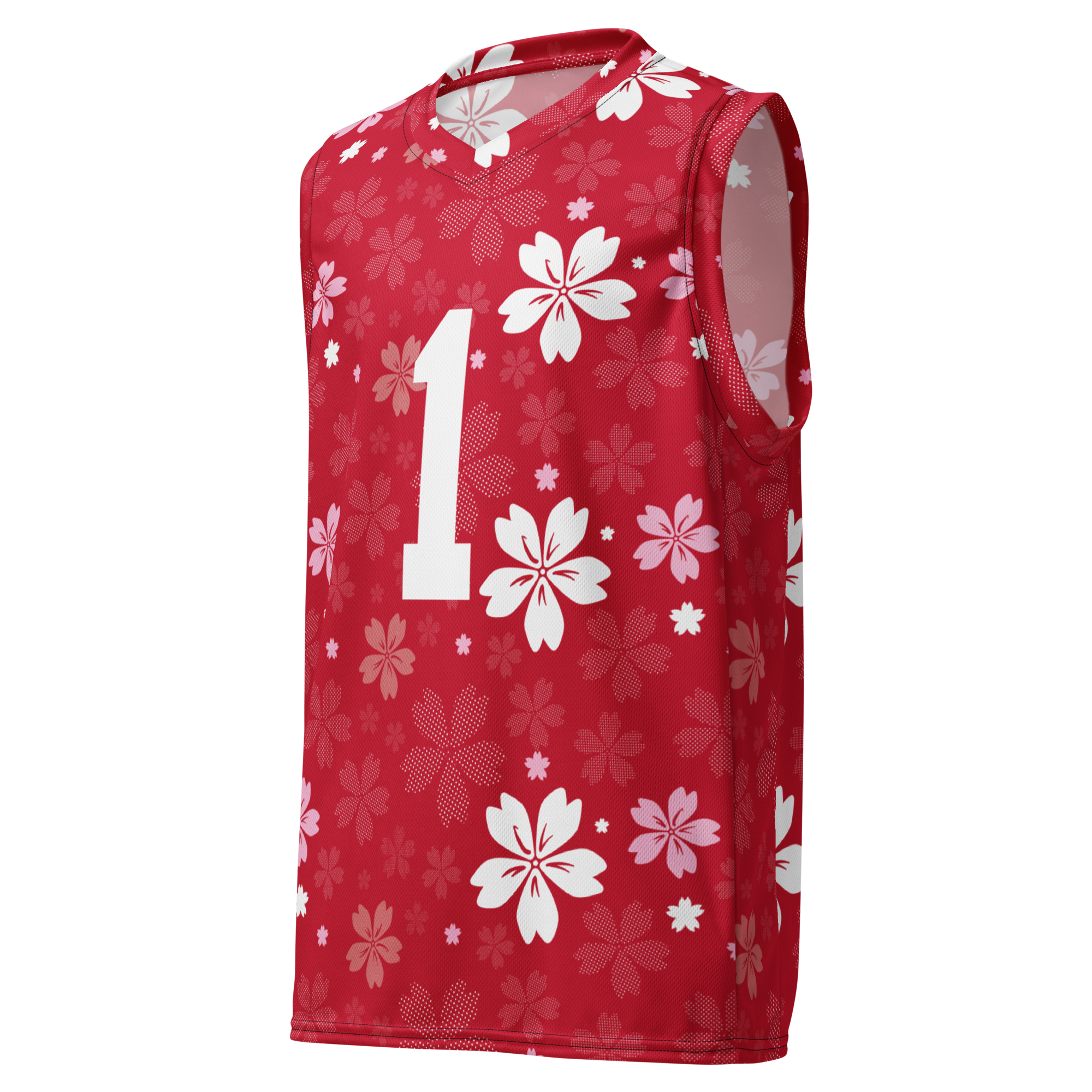
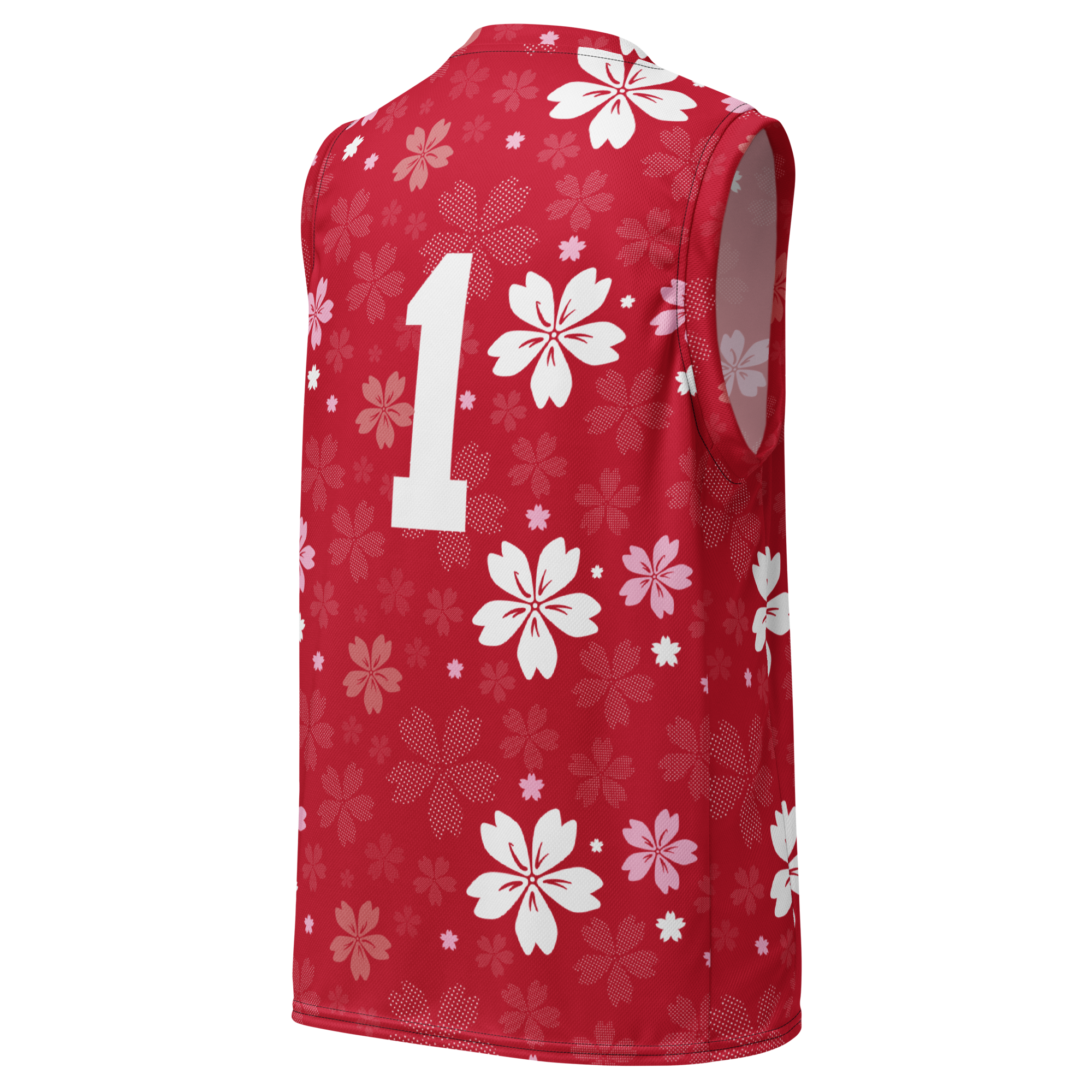
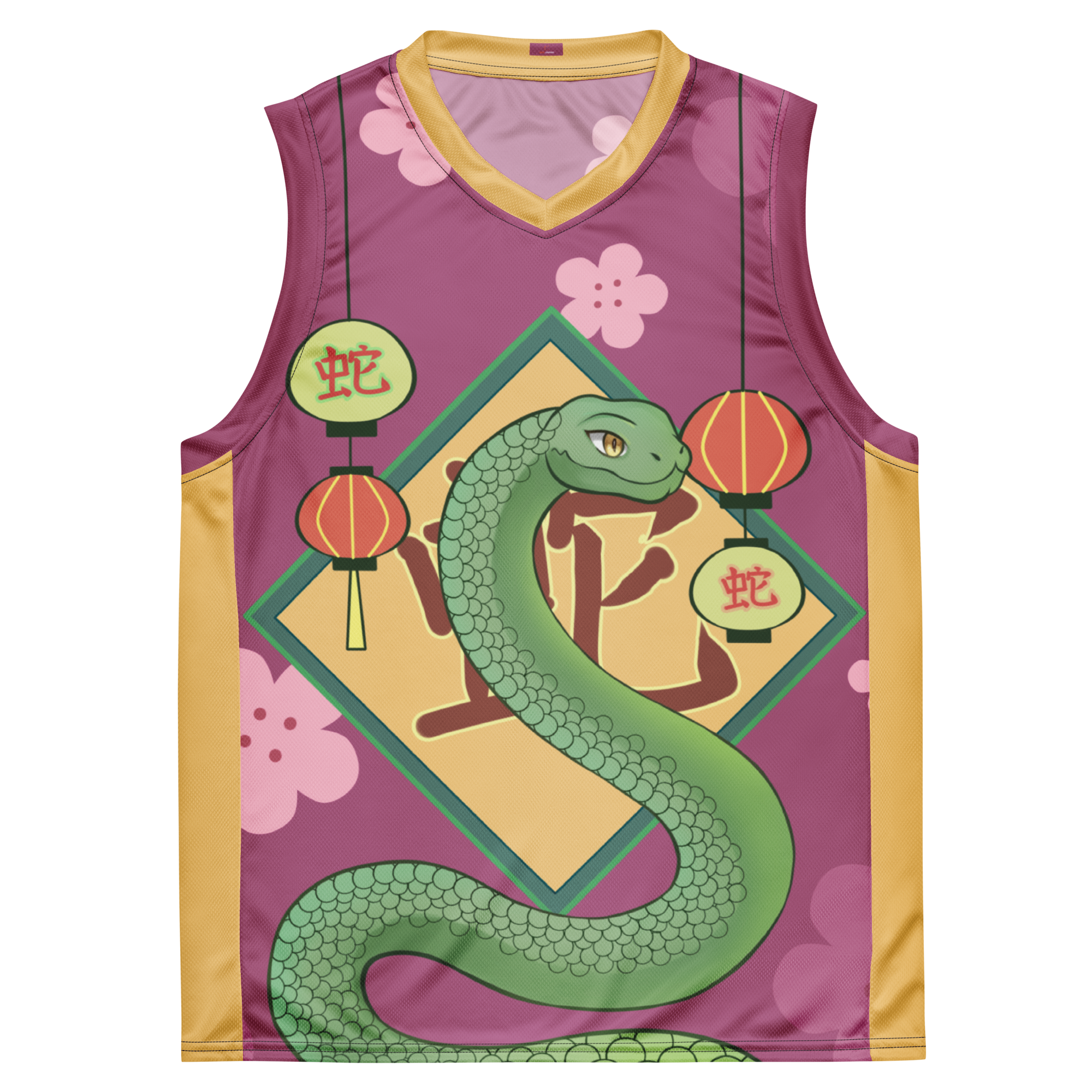
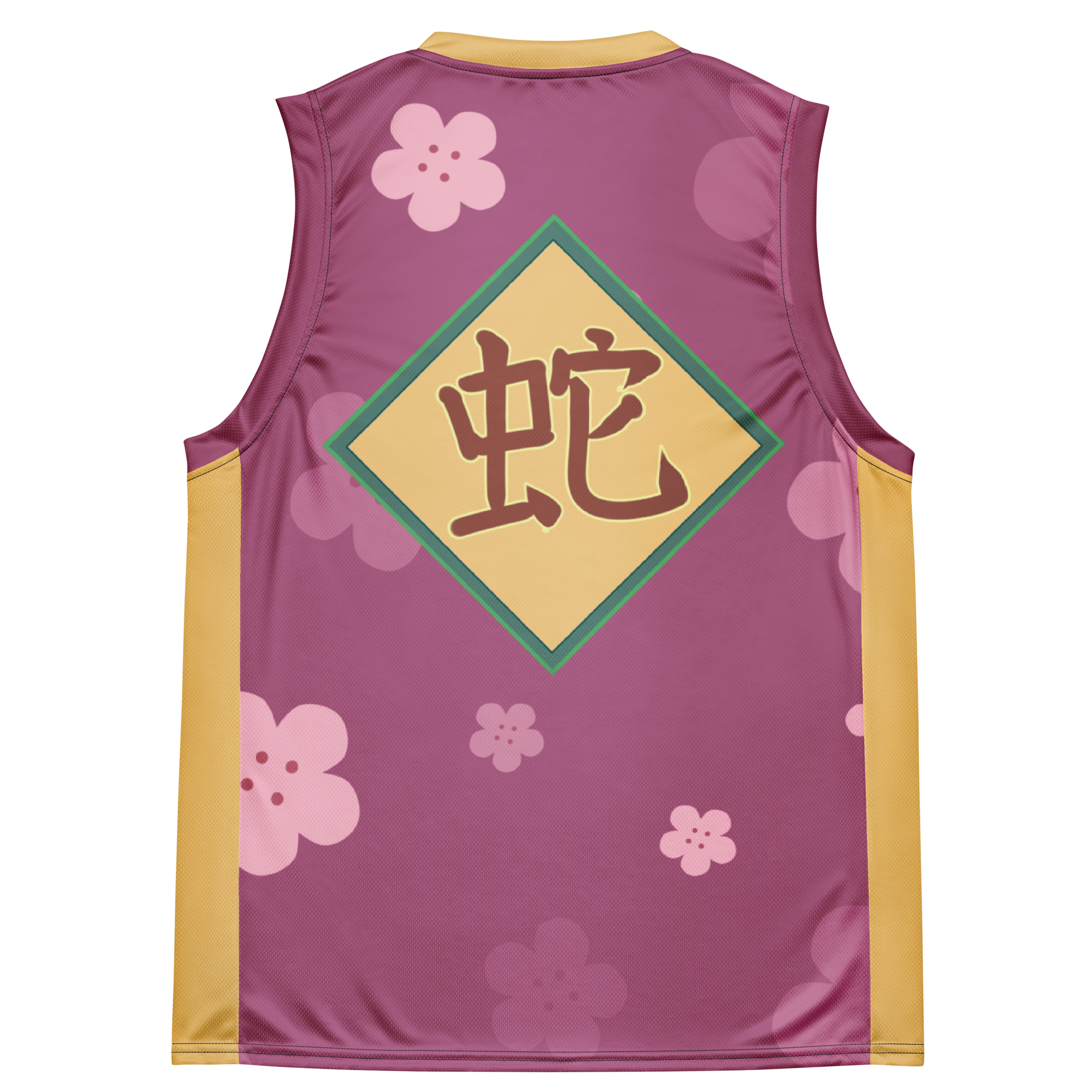
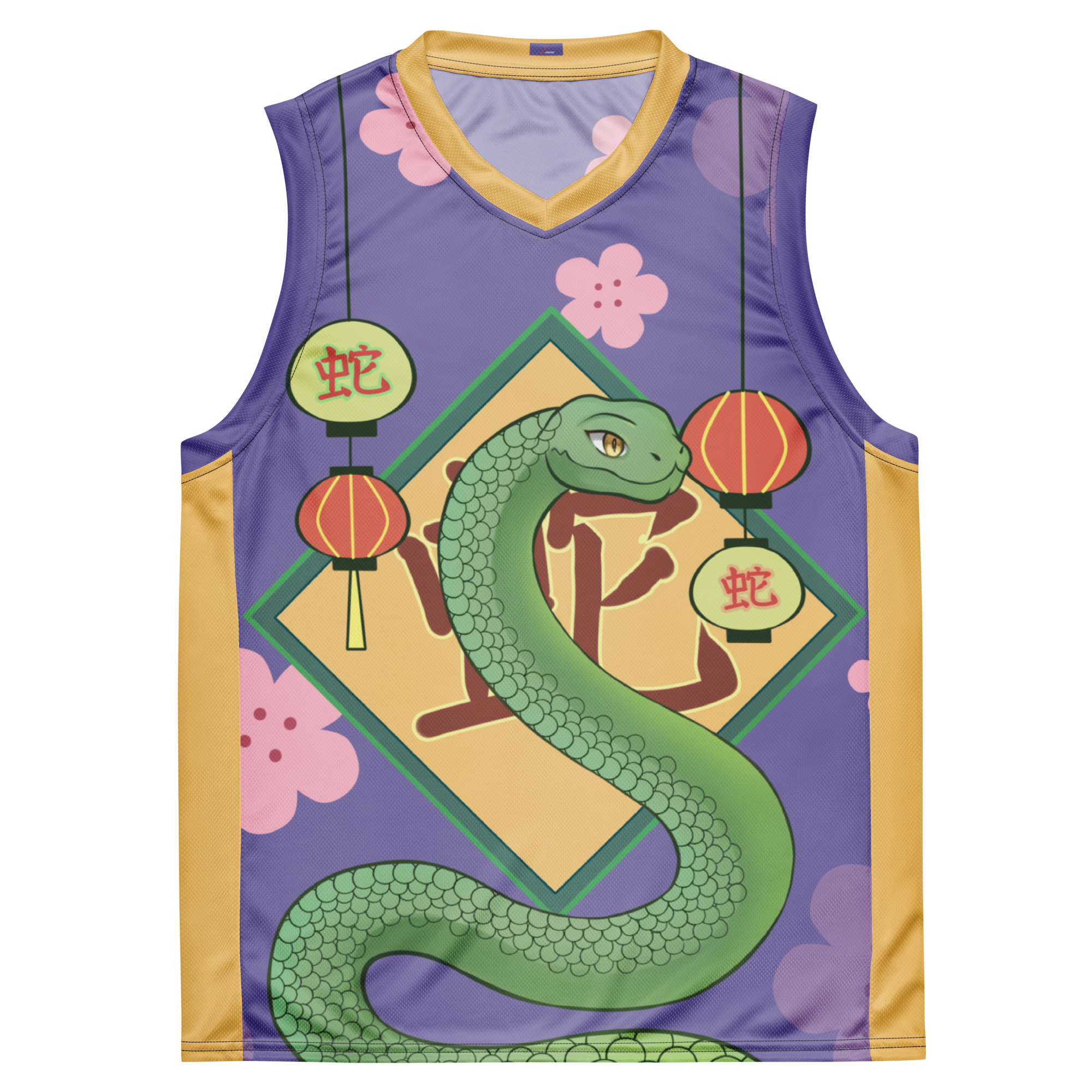
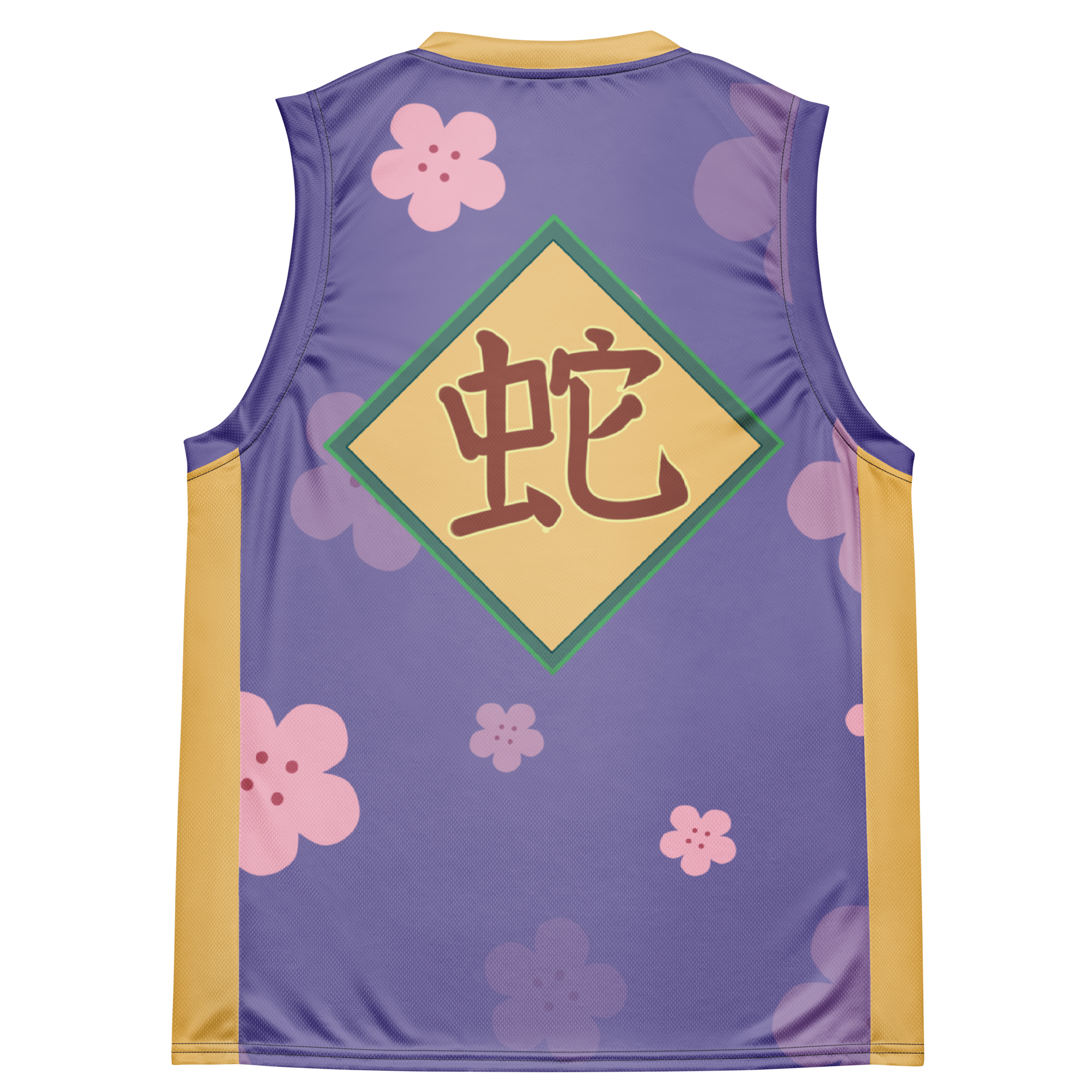
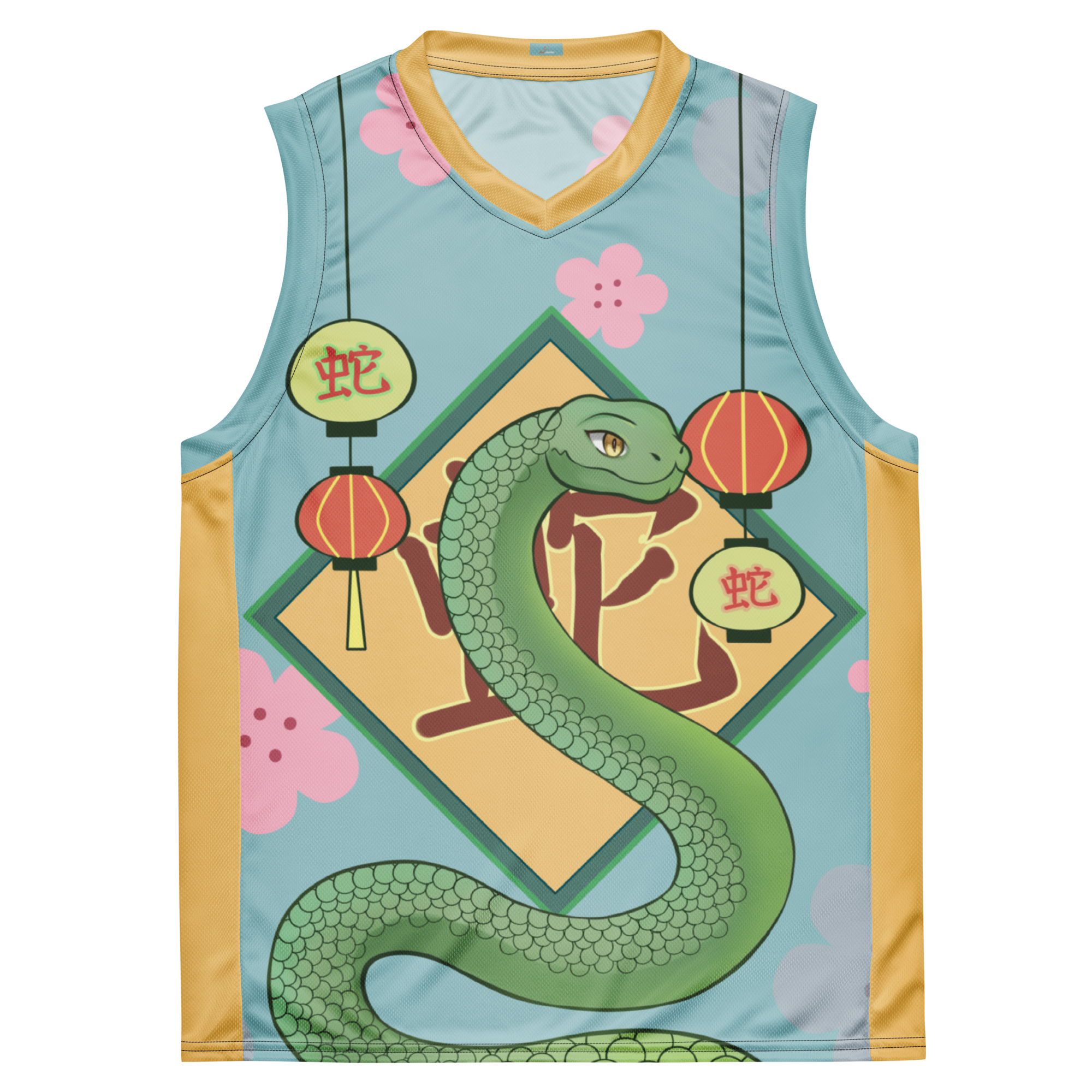
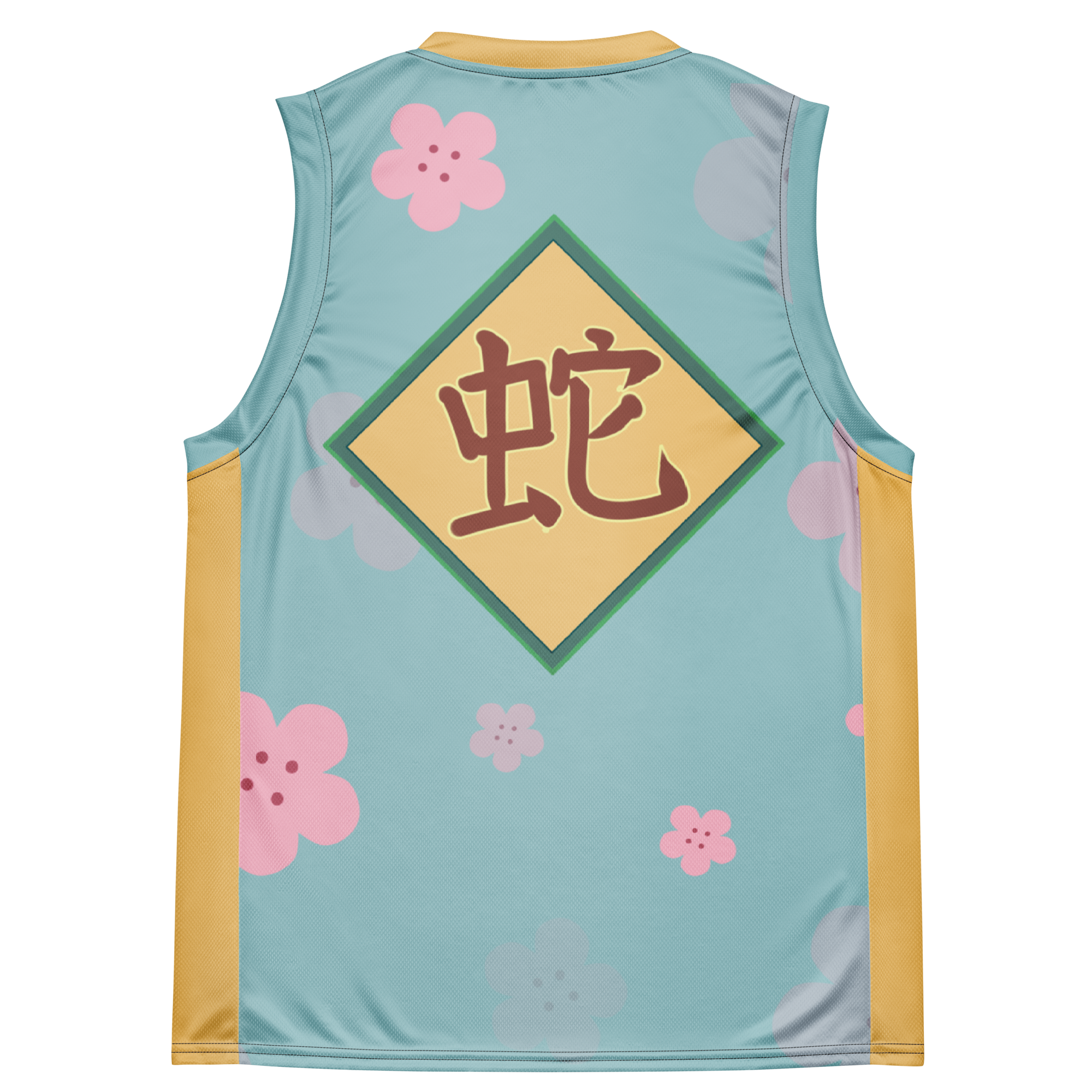
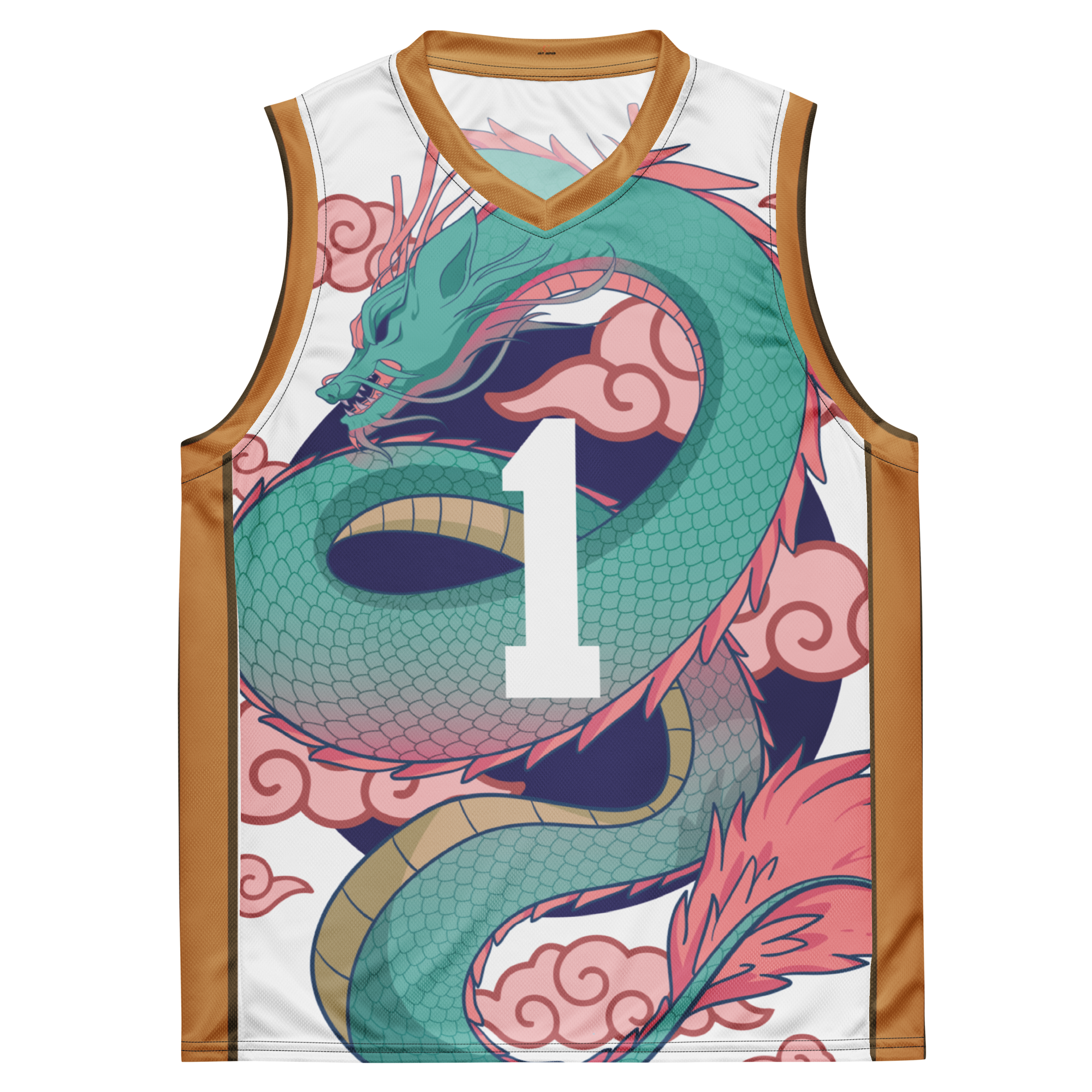
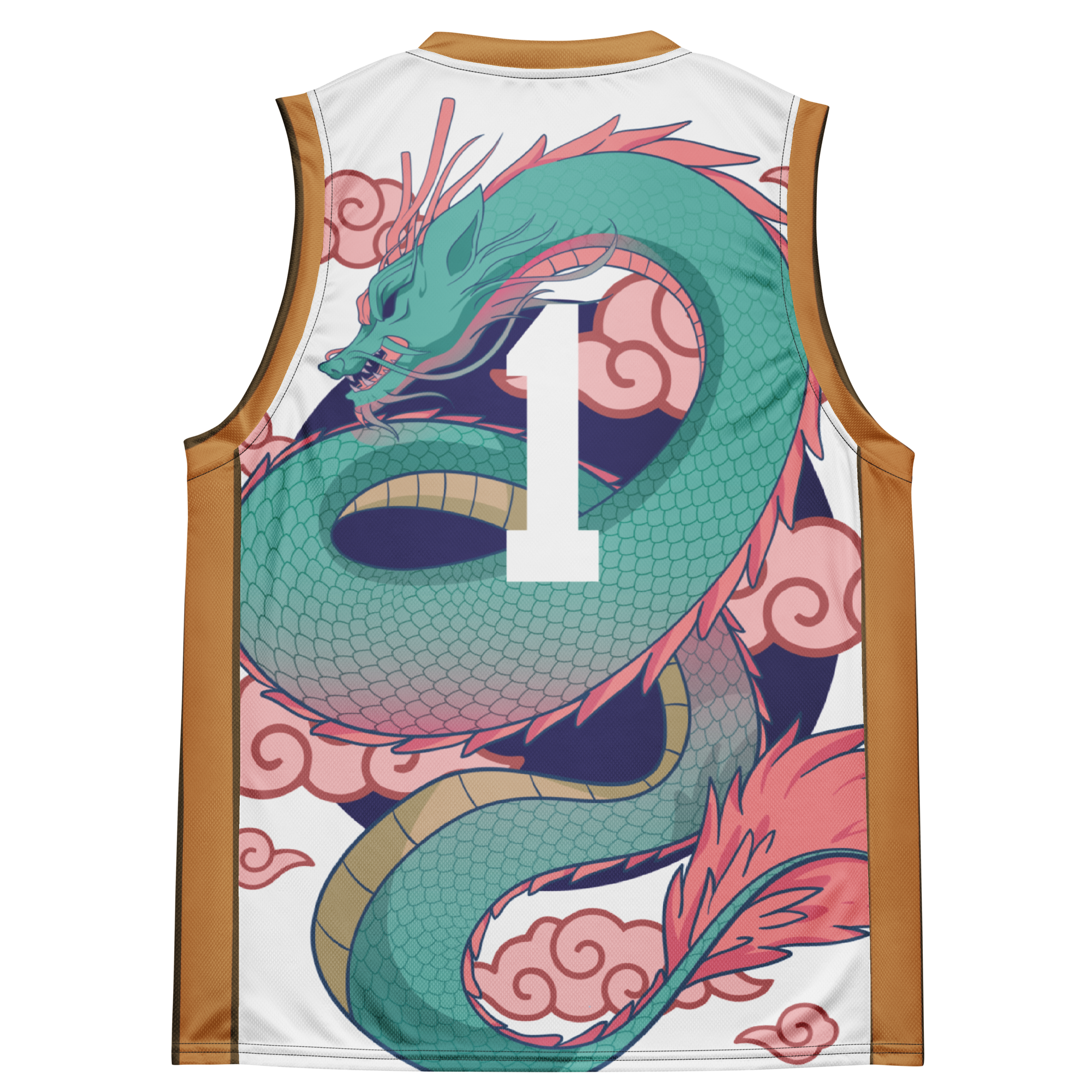












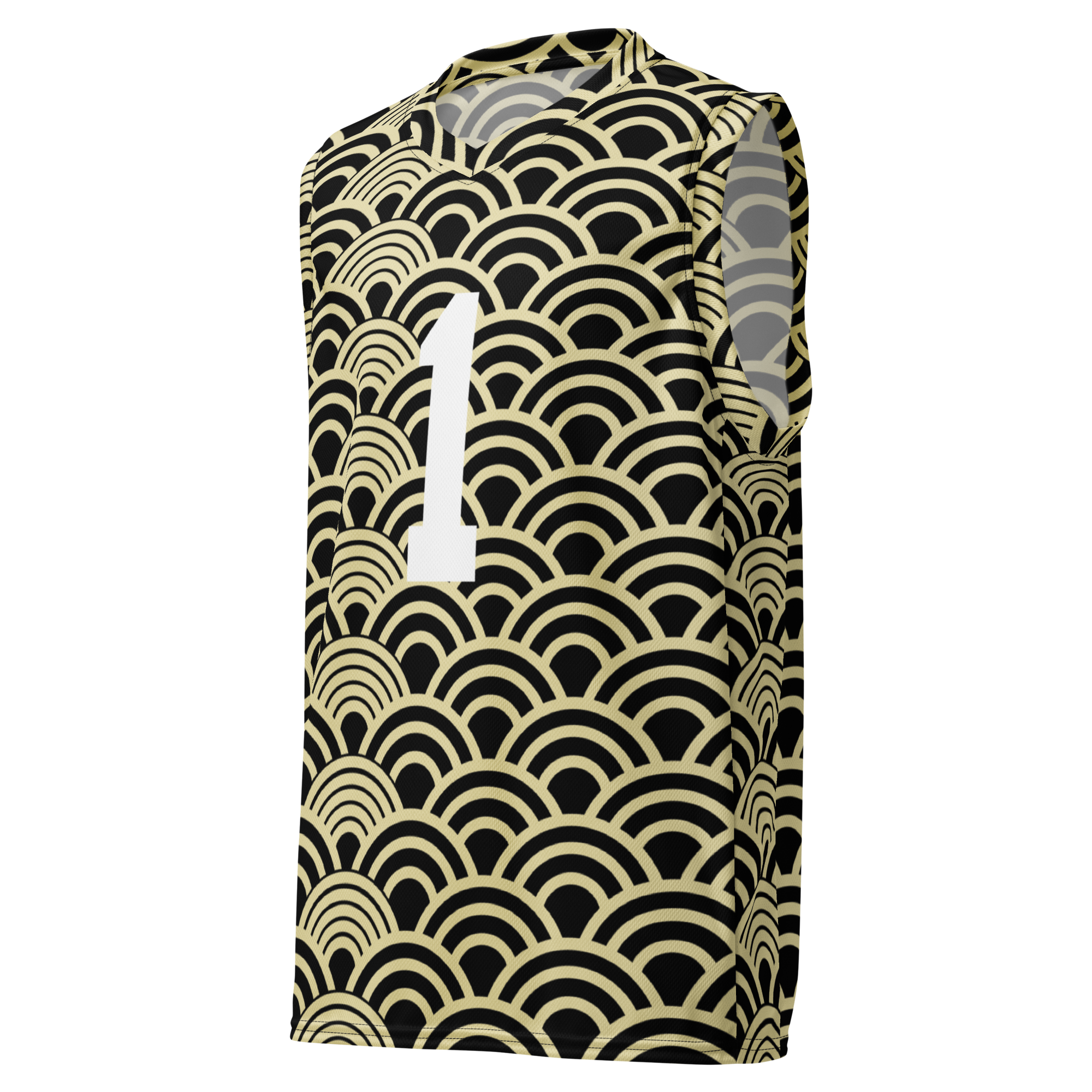
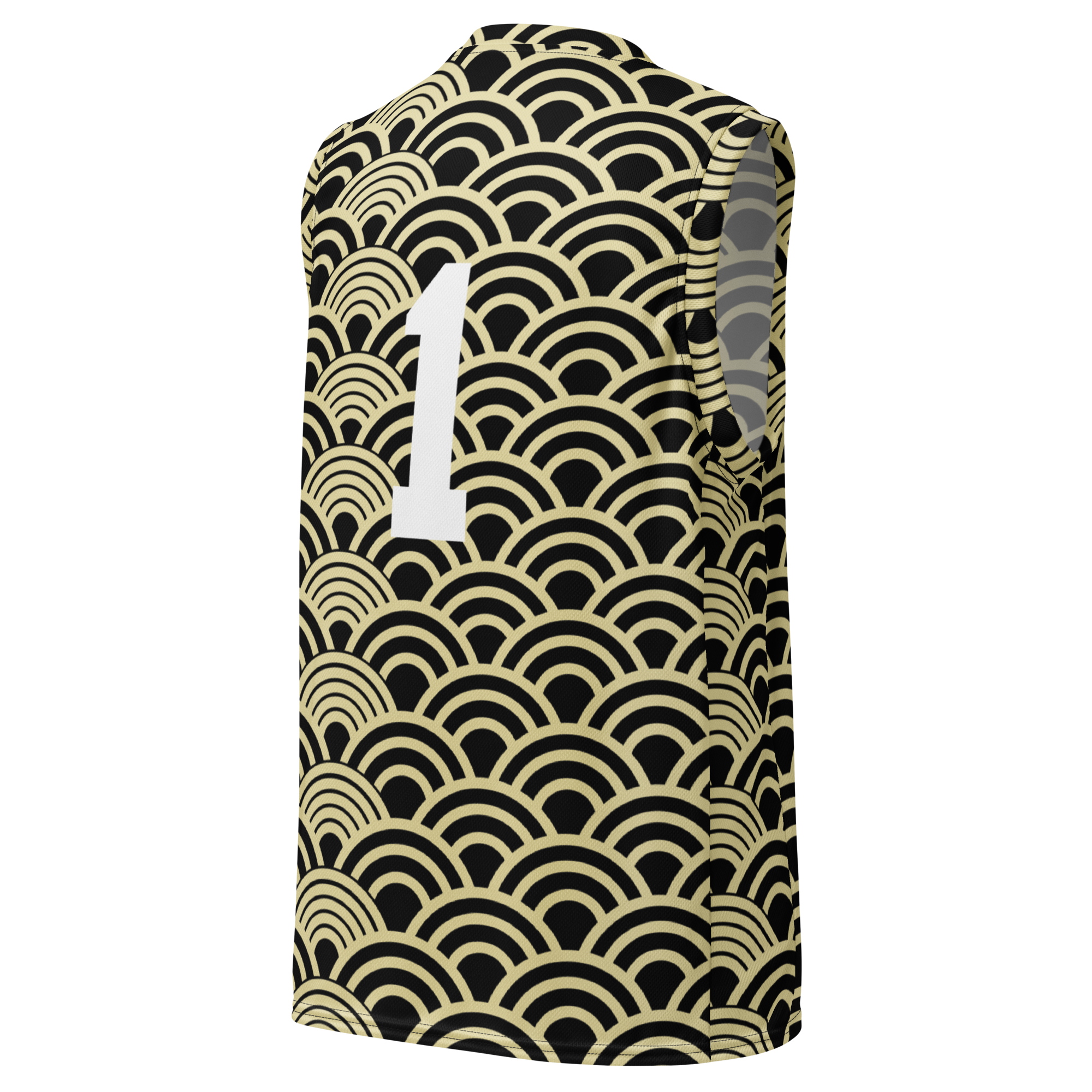
Leave a comment